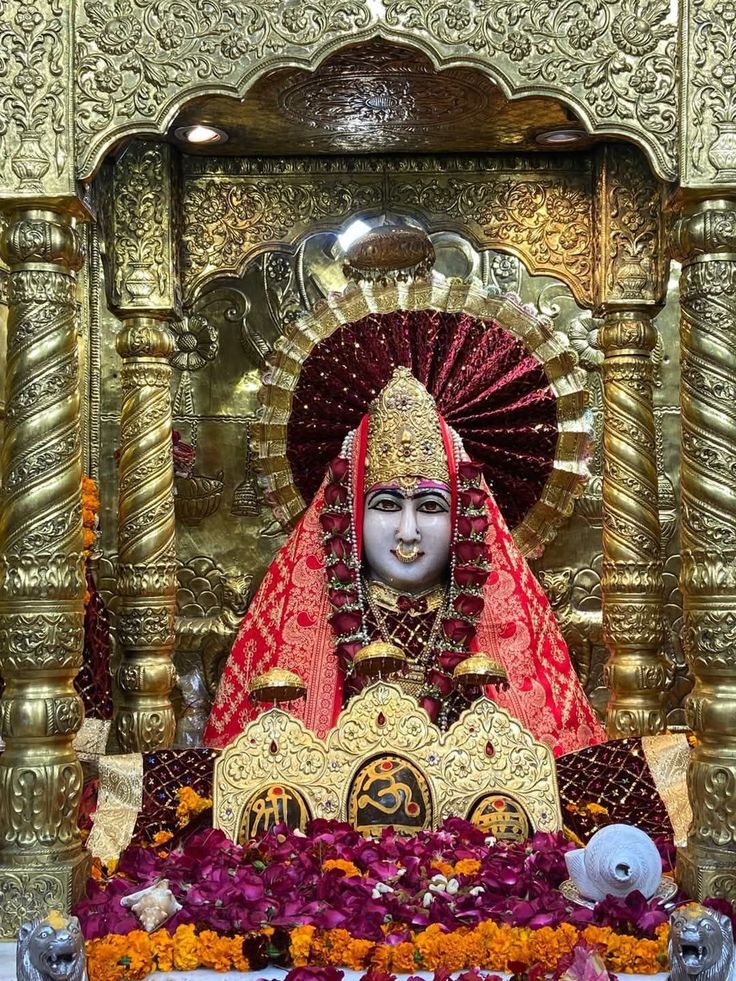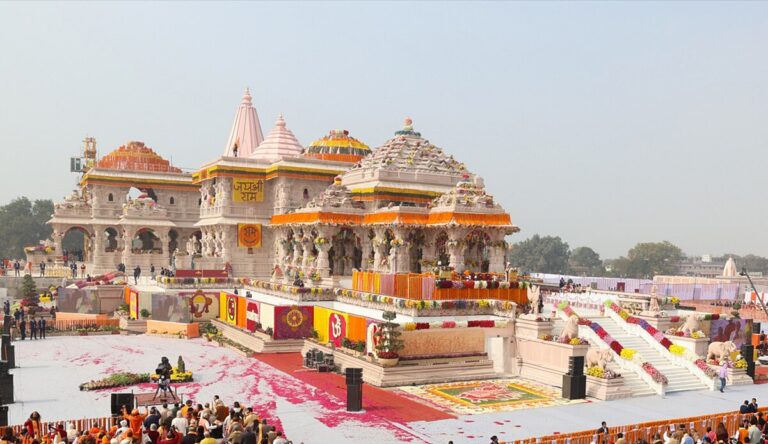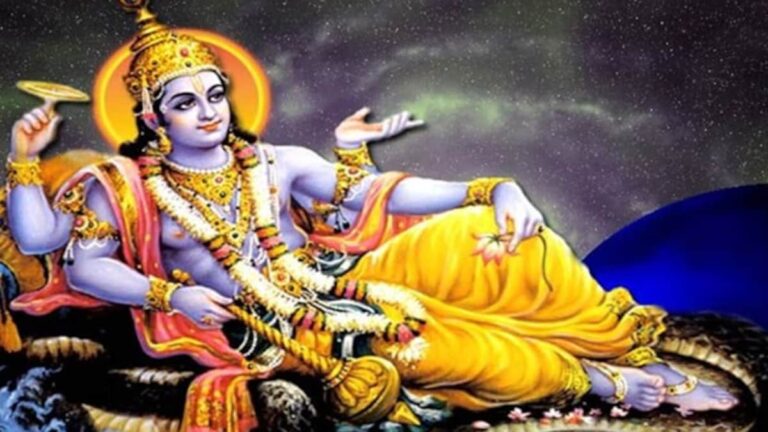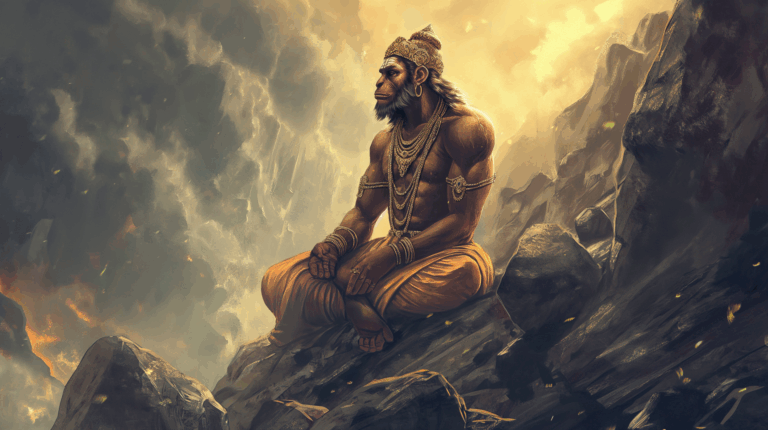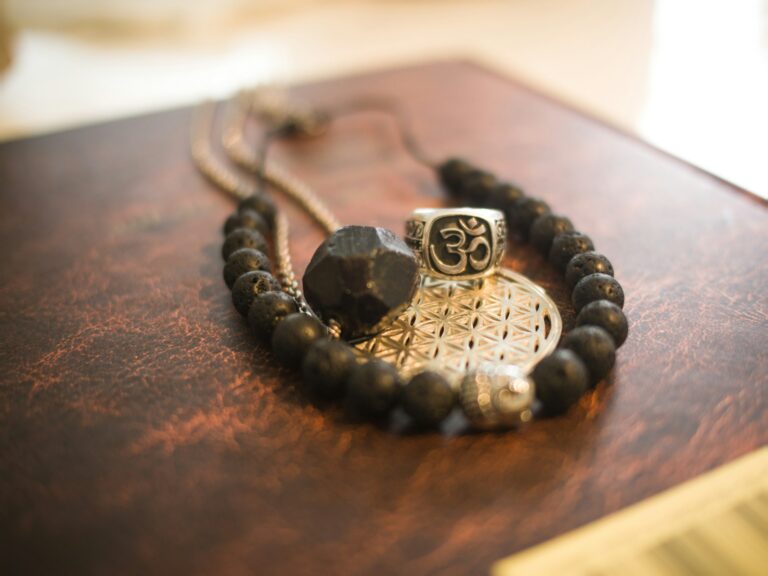India is a land of temples, traditions, and timeless devotion. Every region, every city, and even the smallest villages have sacred places dedicated to gods and goddesses. Among these, one of the most revered shrines of North India is the Mata Mansa Devi Temple, located in Panchkula, Haryana, nestled at the foothills of the Shivalik ranges.
This temple is not just a place of worship but a symbol of faith, where millions of devotees arrive every year with folded hands and hopes in their hearts. The very name “Mansa” comes from the Sanskrit word manasa, meaning wish or desire. It is believed that Mata Mansa Devi fulfills the heartfelt wishes of her devotees. That is why this shrine is also lovingly called “the temple of wish fulfillment.”
Who is Mata Mansa Devi?
According to ancient scriptures, Mata Mansa Devi is considered the “Manas Putri” (daughter born from the mind) of Lord Shiva. That is how she got her name “Mansa.”
Some legends also describe her as the sister of Vasuki, the serpent king, and the wife of Sheshnag, the divine serpent associated with Lord Vishnu. Because of this connection, she is often regarded as the goddess of serpents. People strongly believe that worshiping her protects one from snakebites and removes fear of serpents.
It is also said that through her intense penance and devotion, she pleased both Lord Shiva and Lord Vishnu, gaining the divine power to grant any wish of her devotees.
Legends of Mata Mansa Devi
One of the most popular legends takes us back to the time of Samudra Manthan (the great churning of the ocean). When deadly poison emerged during the churning and Lord Shiva drank it to save the universe, his divine energy gave birth to Mansa Devi.
Another folk belief says that initially, people did not recognize her divinity. To prove her powers, she performed many miracles. After that, people began to worship her with full devotion.
For many devotees, Mata Mansa is considered a form of Mata Parvati, who showers blessings and compassion on all her children.
History of the Temple
The temple of Mata Mansa Devi is believed to be one of the Shakti Peethas. According to legend, when Goddess Sati’s body was dismembered by Lord Vishnu’s Sudarshan Chakra, her limbs fell in different places, making them sacred. It is believed that a part of her body fell here, which is why this place became a powerful center of divine energy.
The present structure of the temple was built in the 19th century by Maharaja Gopal Singh of Mani Majra. Over time, the temple was expanded and renovated, and today it has become a grand complex spread across several acres.
Inside the sanctum sanctorum sits the beautiful idol of Mata Mansa Devi, surrounded by statues of her various forms. The aura of the temple is always filled with peace, devotion, and spiritual vibrations.
Rituals and Worship
Worship at Mata Mansa Devi Temple is simple but deeply meaningful. Devotees bring offerings such as flowers, coconuts, red chunri (sacred cloth), and sweets. The most unique and widely followed tradition is tying a sacred thread on the temple’s holy tree.
People tie threads while making a wish, believing that the goddess will grant it. Once the wish is fulfilled, they return to untie the thread and thank the goddess.
Devotees strongly believe that praying here with a pure heart helps in matters of marriage, children, health, wealth, and success.
Navratri at Mansa Devi Temple
The temple comes alive during Navratri, celebrated twice a year—in Chaitra (March–April) and Sharad (September–October). During these nine days, lakhs of devotees visit the temple, and a grand fair is organized.
The entire atmosphere vibrates with chants of “Jai Mata Di,” devotional songs, and traditional rituals. People observe fasts, participate in evening aartis, and immerse themselves in divine energy.
Navratri is undoubtedly the most significant time to experience the power and devotion of Mata Mansa Devi.
Connection with Serpents
As the goddess associated with serpents, Mansa Devi is worshiped widely during Nag Panchami. It is said that her blessings protect devotees from snakebites and remove obstacles related to fear and danger.
Many families believe that offering prayers to her ensures safety and prosperity in their lives.
Spiritual and Psychological Significance
From a spiritual angle, the temple is a hub of faith and devotion. From a psychological angle, the environment of the temple—filled with chants, rituals, and collective devotion—creates a sense of peace and positivity.
Meditating and praying here fills people with renewed hope and inner strength. It is no surprise that many devotees feel lighter and more confident after visiting the temple, ready to face life’s challenges.
Unique Features of the Temple
- Located in the lap of the scenic Shivalik hills.
- Tradition of tying and untying threads for wish fulfillment.
- Blend of ancient architecture with modern expansion.
- Huge crowds during Navratri fairs.
- Strong belief that couples praying here are blessed with children.
A Living Symbol of Faith
Mata Mansa Devi Temple is not just a building of stone and idols; it is a living embodiment of faith. For centuries, devotees have been coming here with their worries and leaving with peace in their hearts.
The goddess is seen as a caring mother who listens to her children’s prayers and fulfills their wishes. Every visit here is a reminder that true devotion and faith never go unanswered.
Final Thoughts
The story of Mata Mansa Devi Temple is more than history and legend—it is about the bond between a mother and her devotees. It tells us that when we surrender with a pure heart, divine grace is always there to guide and protect us.
This is why, even today, the chants of “Jai Mata Di” echo in the Shivalik hills, drawing countless devotees who come with hope, faith, and love for their divine mother.
Jai Mata Mansa Devi!
Discover more from Nav Hindu
Subscribe to get the latest posts sent to your email.

